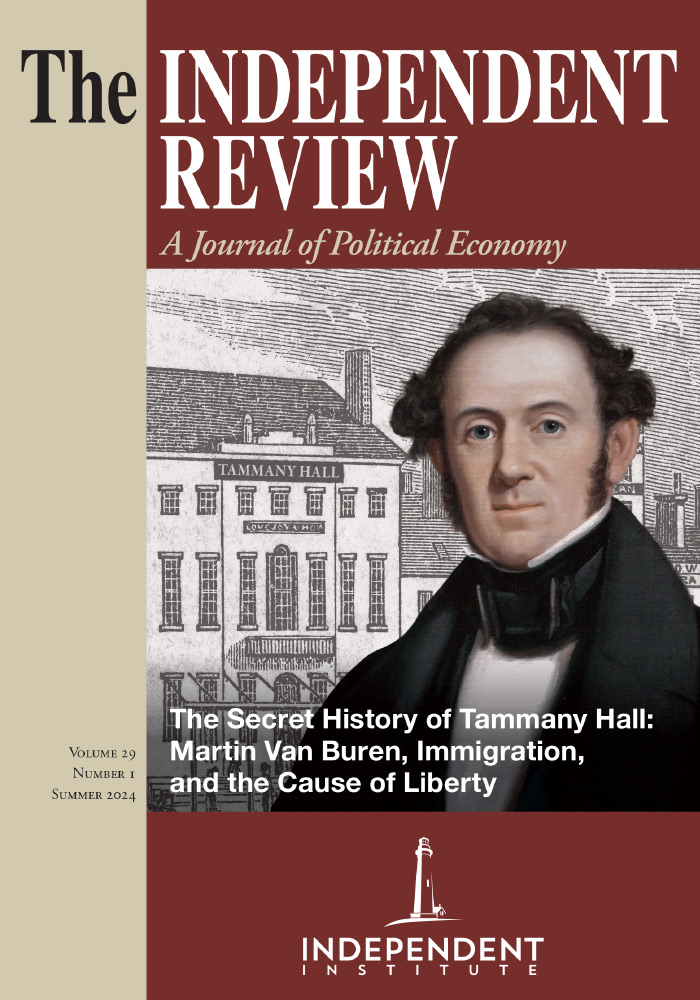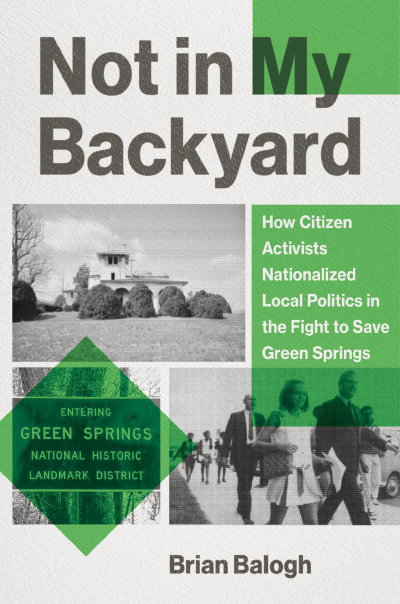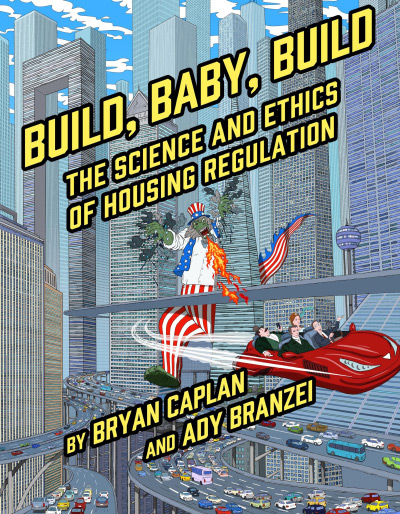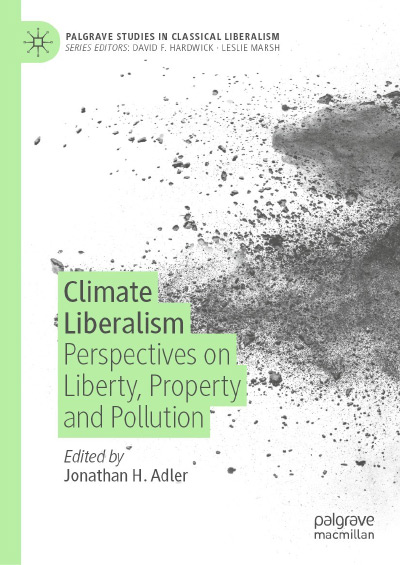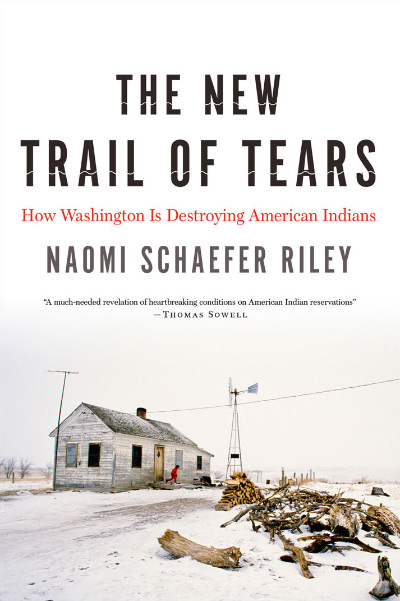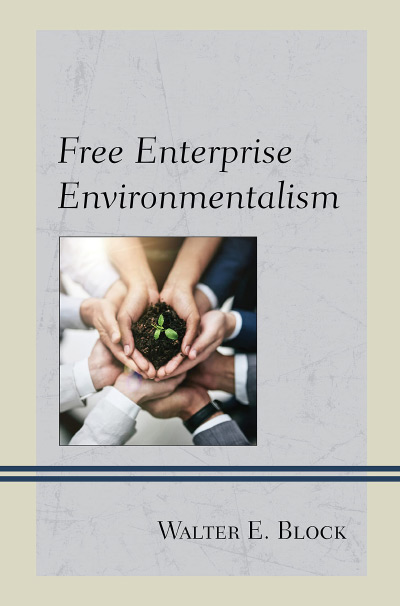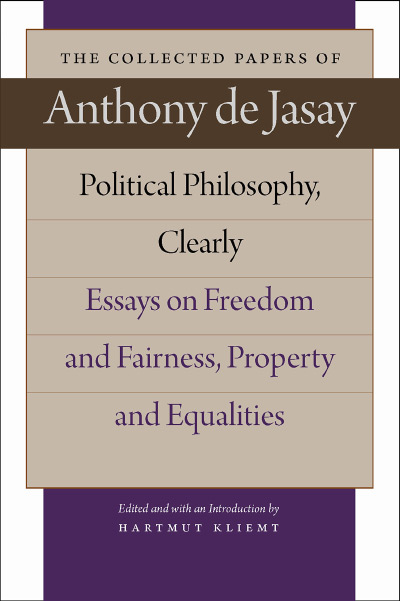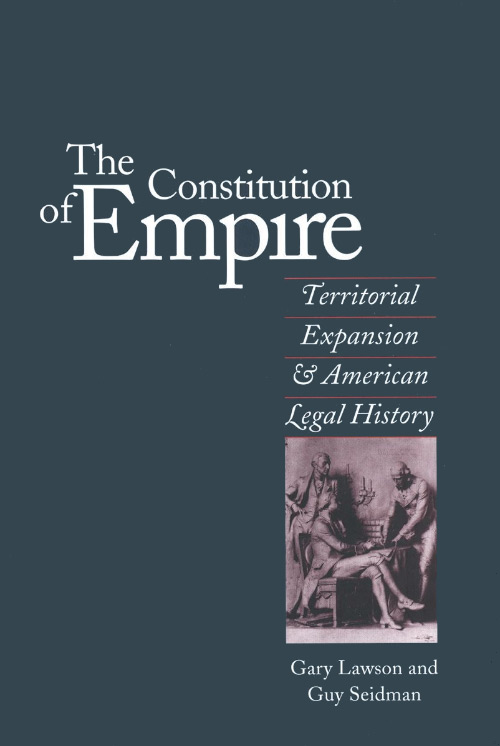As home prices reach record levels, Americans are beginning to pay more attention to the NIMBY (“not in my backyard”) movement, in which neighborhood groups organize to preserve the integrity of their communities by blocking construction projects. NIMBYism is a relatively recent phenomenon—from the historian’s perspective at least—so readers interested in this topic may look eagerly to Brian Balogh’s new book, Not in My Backyard, for historical insights as to how it emerged as such a powerful force in our society. They are likely to be disappointed.
Not in My Backyard follows the story of Rae Ely, a local activist who led the assault against two planned developments in Green Springs, Virginia in the early 1970s: a state prison and a mining operation. For Balogh, this is a triumphant tale of a woman who saved her neighborhood from local elites who, driven by a love of money, sought to destroy it. Where they promised jobs and economic growth, she countered with historic and environmental preservation—tools that NIMBY groups continue to employ against construction projects today.
Readers familiar with Joseph Campbell’s The Hero With a Thousand Faces (New York: Pantheon Books, 1949) should easily identify many of the tropes common to “the hero’s journey” in Balogh’s tale. His protagonist “knew nothing about politics” and lived an unassuming life in her quaint, rustic town until it faced the threat of new construction—her call to action. After crossing the threshold into political activism, Ely endured a number of ordeals against formidable foes. “She soon battled a series of powerful men,” Balogh writes dramatically, “[who] threatened to destroy the unique rural character of her neighborhood and her rights as a fully empowered citizen” (p. 4).
Balogh’s narrative transforms a dull political history into a gripping account of “battles” and “counterattacks,” but it barely constitutes a history. It is probably better understood as a chronicle—which is to say, a chronological account of historical events, devoid of argument or analysis. Balogh makes no effort to engage with existing scholarship, and his book lacks any clear thesis, apart perhaps from the trite observation that “one relentless, talented person can make a big political difference” (p. 9).
Strictly speaking, Not in My Backyard is a microhistory, which is not Balogh’s typical approach to research. Microhistories generally share three traits. They focus on an event, usually framed as a crisis; they revolve around a non-famous individual; and they attempt to offer insight into a larger historical issue. Balogh hits the first two points well enough—the proposed prison and mining operations threatened the integrity of Green Springs, and few people have heard of Rae Ely. It is the third point that Balogh struggles to fulfil, though he seems to believe otherwise in his introduction. “Creating and preserving that history [of the physical Green Springs] enhanced the nation’s backyard by protecting a slice of rural history that grows more valuable with the construction of each new Starbucks” (p. 10). Unfortunately, this never quite comes through in the body of the work.
Done well, microhistory wraps the local event in a warm layer of context about the cultural currents that shaped the perspectives of the historical subjects, but Balogh writes almost as if Ely operated in a vacuum. National developments are entirely peripheral to the local story, even though the National Historic Preservation Act and National Environmental Policy Act formed the basis of Ely’s legal challenges against local development. Balogh declines to provide any meaningful background for these policies, instead suggesting (rather misleadingly) that Ely invented these tactics for blocking construction, with no apparent consideration that a larger movement must have already been underway for these laws to have been passed at all (not to mention the many state laws that preceded them).
He assures us, as well, that Ely “created the template today deployed by thousands of neighborhood groups who resist any form of development—thwarting, for instance, initiatives to make housing more affordable” (p. 9–10). Here again, he fails to deliver. Not only does he neglect to provide any examples, even in the epilogue, of NIMBY movements inspired in any respect by Ely, but her example erroneously suggests that the standard NIMBY tactic is to implore federal intervention to circumvent local politics.
Green Springs, in fact, reflects an atypical approach to NIMBYism. Ely could only turn to the federal government because the projects she sought to block received federal funds. In the vast majority of cases, the political power that NIMBY groups wield is overwhelmingly dependent on the turn toward local control—a change in urban policy that developed in reaction to urban renewal (which should have provided crucial context for the federal acts Ely took advantage of, had Balogh bothered to mention it). On this point, researchers interested in the NIMBY phenomenon might profit more from Greg Morrow’s (regrettably) unpublished dissertation, “The Homeowner Revolution” (UCLA, 2013) or Katherine Levine Einstein, David M. Glick, and Maxwell Palmer’s Neighborhood Defenders (New York: Cambridge University Press, 2020).
It is, in fact, difficult to find any evidence to support Balogh’s suggestion that Ely’s tactics influenced or inspired NIMBY efforts elsewhere. His own reference to the New York Times editorial complaining of “backyard obstructionists” belies the broader movement that was already in force before Ely ever entered the arena, and the obstructionist tactics it described date back to the 1950s in protests against interstate highway construction. Here again, he could have used Ely’s story as a launchpad for the broader context, but he instead opted to present Ely’s story as causal, rather than representative (though it really seems to be neither).
A glance at the endnotes should be enough to show that Balogh engaged in only superficial research. He crafted his narrative predominantly from interviews he conducted with Ely herself, which undoubtedly contributed to the hagiographic tone of the project. Elsewhere, he cites a small handful of newspapers and public documents that he at times stretches nearly across entire chapters. Emeritus professors like Balogh may have earned the luxury of sidestepping the unrewarding grunt work required to dig up corroborating sources—or, for that matter, testing their assumptions against potentially conflicting evidence—but it makes for poor scholarship.
Taken as is, there is not much that is particularly wrong with Not in My Backyard. I have no reason to suspect Balogh of misrepresenting sources, and it is hard to criticize a thesis that does not exist. As a story of Ely’s activism, it is a fine piece of writing, but as a contribution to historical scholarship, it begs the question that graduate students are taught to dread: “So what?”
| Other Independent Review articles by Christopher J. Calton | |
| Winter 2024/25 | Build, Baby, Build: The Science and Ethics of Housing Regulation |
| Spring 2024 | Homelessness Is a Housing Problem; Homelessness in America |
| Fall 2023 | The Corporation and the Twentieth Century: The History of American Business Enterprise |

